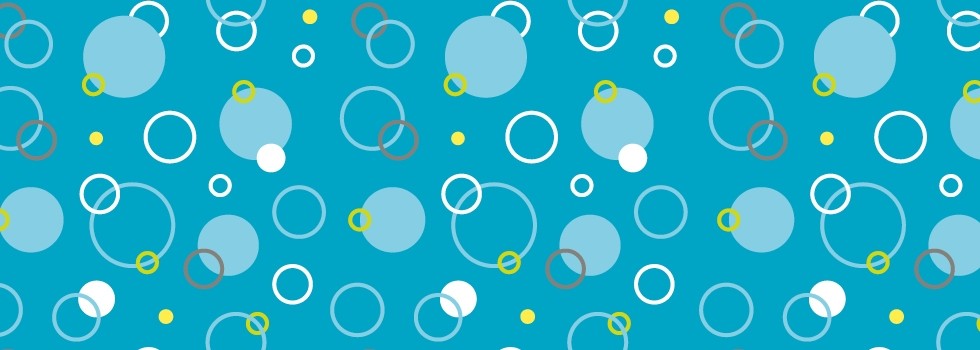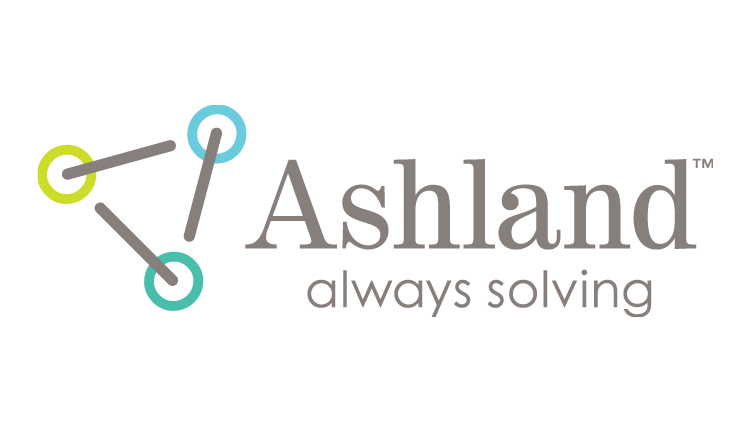Promotional Features
How air pollution can turn into hair pollution, and solutions to prevent it
Pollution has been a consumer concern in Asia but is increasingly becoming a global phenomenon, with a growing number of pollution alerts in big cities around the world making media headlines. Likewise, public campaigns about the dangers of pollution are clearly increasing consumer awareness: only 4-7% of consumers in France, Germany and Italy believe pollution is not an issue in their country, and around four in ten French consumers say levels of pollution are only going to get worse in the coming years, according to Mintel.
The trend for “healthy beauty”
Increasing urbanization has been a growth driver behind the megatrend of health and wellness. Sixty-eight percent of the world’s population will live in urban areas by 2050, according to the United Nations Population Division.
In the personal care category, 69% of consumers’ purchasing decisions globally are most influenced by how products impact their health and well-being, according to GlobalData. There is a desire for more authentic products and for products that are tailored to consumers’ individual needs and personalities. Consumers desire transparency and scrutinize ingredient lists and claims. As a result, they seek out natural, sustainable, and clean(er) labels. Their quest for sustainable beauty has led to a rise in consumers opting for natural, botanical ingredients, with extracts inspired by food. In a similar way to food, 'clean beauty' has emerged as a concept, propelled in part by the rise of beauty bloggers and influencers.
Particulate Matter (PM) is the focus
In today’s digital age, people have a variety of tools at their fingertips to monitor the air quality in their city and adjust their outdoor activities to account for the air quality index during the day.
When it comes to pollution, consumers place a major interest on particulate matter (PM), one of the key airborne pollutants selected by the World Health Organization (WHO) to monitor through its Air Quality Index. According to the WHO, 91% of the world’s population lives in places where air pollution levels exceed the WHO guideline limits.
Health experts have long stressed the effects and impacts that pollution exposure can have on our overall health. Recently, they have described the immediate impact of pollution exposure on our appearance, its ability to damage our skin and scalp, and the major role it plays in contributing to the visible signs of premature aging.
As a result, consumers are increasingly concerned about the negative effects that pollution exposure potentially has on their health, skin and hair. According to recent studies, many consumers identify pollution as a major source of harm to their health and their skin. Mintel reports that, of external factors perceived to impact the appearance of skin, 41% of facial skin care product users believe pollution to have the greatest impact.
How does pollution affect the hair and scalp?
People all over the world are exposed to environmental conditions that challenge the quality of their hair and scalp daily. Modern life makes it almost impossible to avoid both indoor and outdoor pollutants, which can create a harmful environment for the hair, skin and scalp every day.
Both external air pollution, mainly originating from the thick smog of cities, and indoor household pollution, from combustion as well as non-combustion sources, can have detrimental effects on the health and comfort of our skin, including the scalp. Indeed, the scalp can suffer the same skin care concerns experienced by the face. When the scalp is exposed to pollution, it experiences sensitivity and discomfort, dryness or oiliness. Excess sebum production on the scalp translates into oily and greasy roots and can clog pores and block the hair follicles – effectively weakening the hair at the root, making it more prone to breakage.
The hair fiber can also become dry and brittle over time when exposed to pollution, through factors such as gases, PM or dust particles that contact the hair fiber and penetrate the superficial cuticle layer. This causes damage to the structure of the hair strands as they are continuously exposed to environmental elements and external aggressors.
PM, sometimes forty times smaller than the hair fiber, can bind to the hair surface and infiltrate the hair follicles. When in contact with hair or scalp cells, these particulates create free radicals and oxidative stress, which leads to severe cell damage. The result is a similar type of aging that is seen with chronic exposure to UV light.
Clinical data help build consumer trust
In the past, brands could not back their anti-pollution claims with data, creating a credibility gap with consumers. As a result, a third of German consumers said anti-pollution skin care products are of no use, and a quarter of French consumers did not believe anti-pollution hair care claims had any validity, according to Mintel. At the same time, almost half of Spanish consumers and a third of French consumers stated that they would like to learn more about how to protect themselves from pollution.
The negative effects of pollution have now been scientifically established through diverse, controlled clinical studies conducted in urban areas. These studies have shown that pollution impacts the status of skin and scalp cells and modifies superficial biochemical parameters such as sebum secretion, lipid peroxidation or protein carbonylation, levels of antioxidants, the barrier function and aging mechanisms such as DNA mutations.
Scientific studies that explore the benefits of anti-pollution products have provided added information, clarity and credibility on the impact that pollution has on the skin, hair and scalp. In turn, these studies and their results can help build customer confidence and trust.
A pea and a chia seed extract can limit hair and scalp damage induced by air pollution exposure
Formulators searching for natural, botanical beauty ingredients with clinically-proven efficacy against pollution exposure for their next hair care product now have a new solution.
Procataline™ G2 biofunctional is the next generation of Procataline biofunctional, a pea (Pisum sativum) extract augmented with a chia seed (Salvia hispanicum) extract.
This innovation includes new supporting data on ex vivo scalp cells; isolated hair follicles or 3D dermal papilla cells show an improvement of scalp antioxidant defenses, hair follicle nutrition and regeneration potential after exposure to major air pollutants.
Procataline G2 biofunctional has been clinically tested in one of the most polluted cities in the world and demonstrated various positive effects on the scalp, such as increased scalp hydration and barrier function, as well as reduced sensitivity, redness and desquamation.
A key objective of the clinical was to understand the level of pollution protection that Procataline G2 biofunctional could deliver to the scalp. Volunteers were treated with a Procataline G2 biofunctional formulation or a placebo. A scalp pollution chamber monitoring the level of particulate matter in cigarette smoke was applied to the scalp of the participants for five (5) hours. The level of scalp protein carbonylation was measured before and after smoke application, comparing the Procataline G2 biofunctional treatment versus the placebo formulation. Scalps treated with the Procataline G2 biofunctional formula showed a 30% decrease in scalp stratum corneum protein carbonylation and less oxidative damage induced by major air pollutants, including particulate matters, present in cigarette smoke.
Anti-pollution hair care is as much about protecting the scalp as it is the hair fiber. Hair care treatments need to mitigate the effects of air pollutants, purify the scalp and detoxify the hair. Procataline G2 biofunctional has been shown to chelate major heavy metals and reduce tryptophan degradation in the keratin of the hair fiber, making the hair less prone to damage.
By applying at home daily hair treatments containing Procataline G2 biofunctional, consumers can contribute to protecting their hair and scalp from the negative effects of exposure to certain indoor and outdoor air pollutants.
This second generation of Procataline™ biofunctional, enriched with chia seeds, protects scalp and hair follicles and hair roots from the damage that can be caused by exposure to certain harmful pollutants that are prevalent in the air.
Taking actions to reduce pollution
At Ashland, we are passionate about creating technologies and solutions to improve our customers’ products and processes, reduce our environmental impact, preserve the world’s natural resources and enhance the quality of life within our communities. Ashland has established strict goals to reduce hazardous waste generation, energy usage and greenhouse gas emissions. Efforts such as these will contribute to the global effort from the cosmetic industry to reduce its impacts to the environment.

